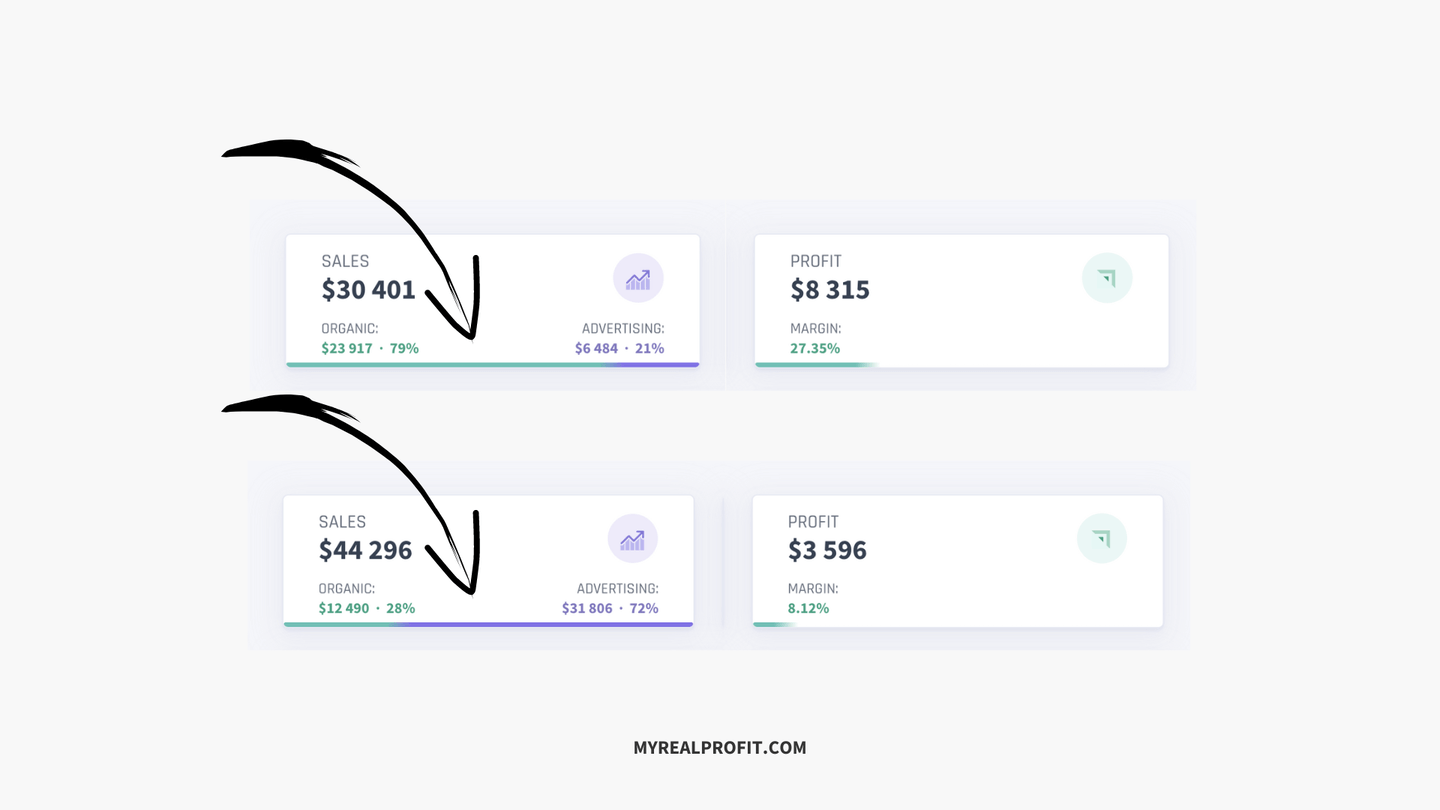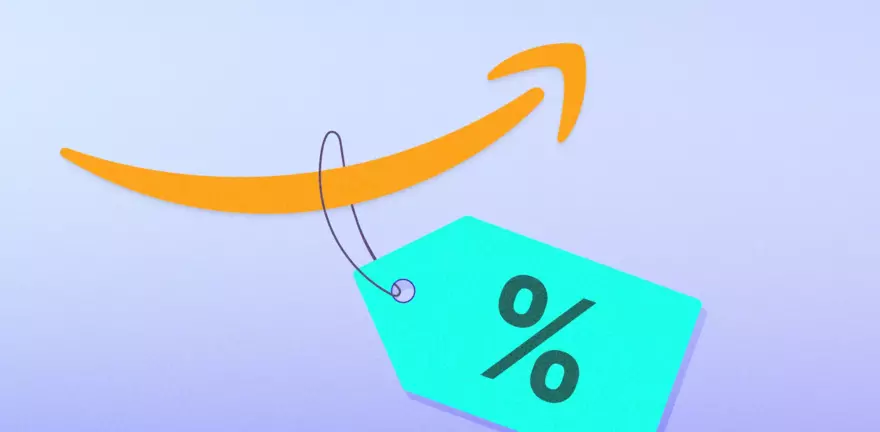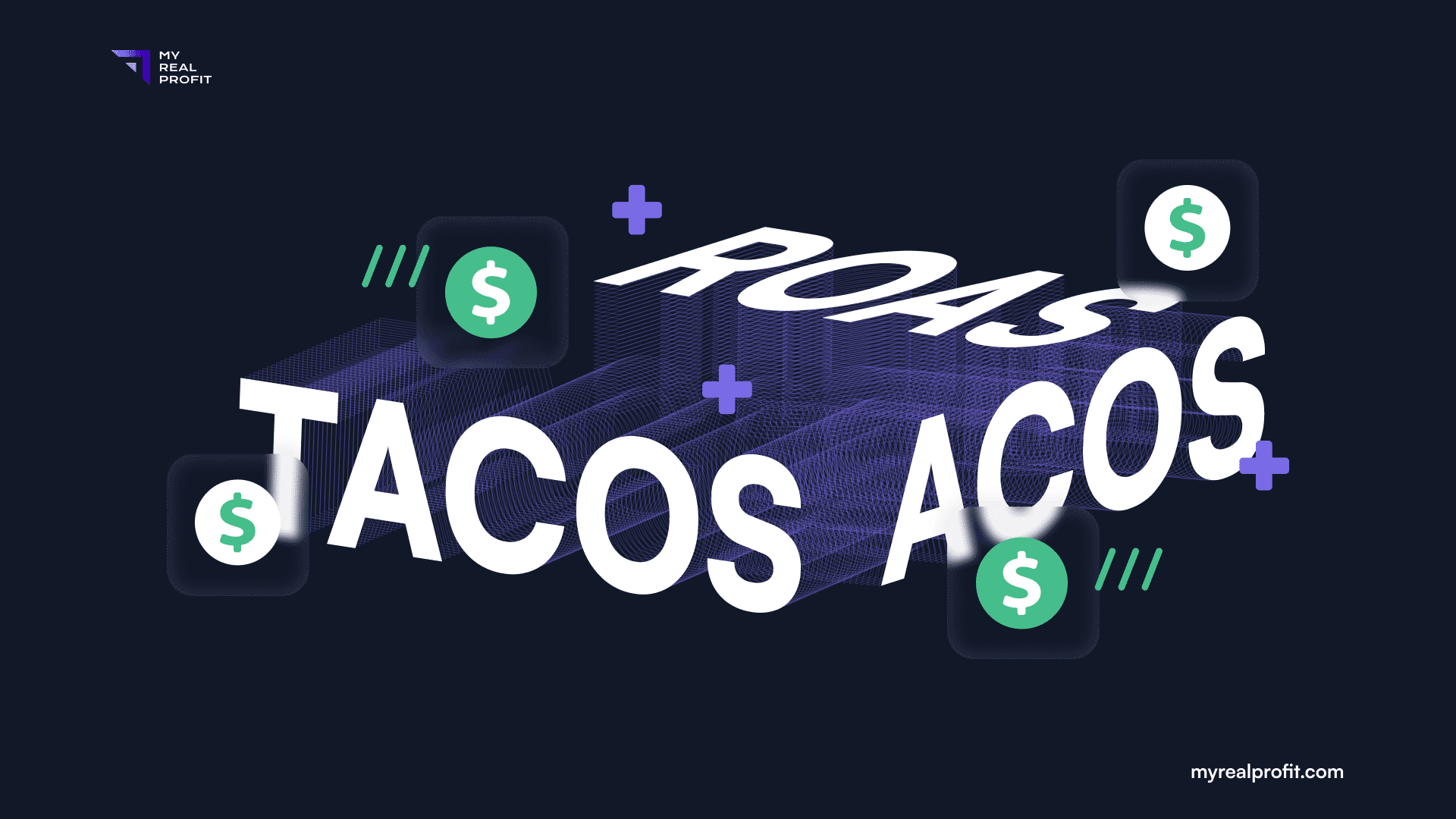If you work in an eCommerce business, you have definitely heard of huge Amazon Fulfillment Centers. In this article, we will look inside the Fulfillment Center, figure out how it works, and the advantages of working with them. You will also learn how to join Amazon World in a way that benefits your business.
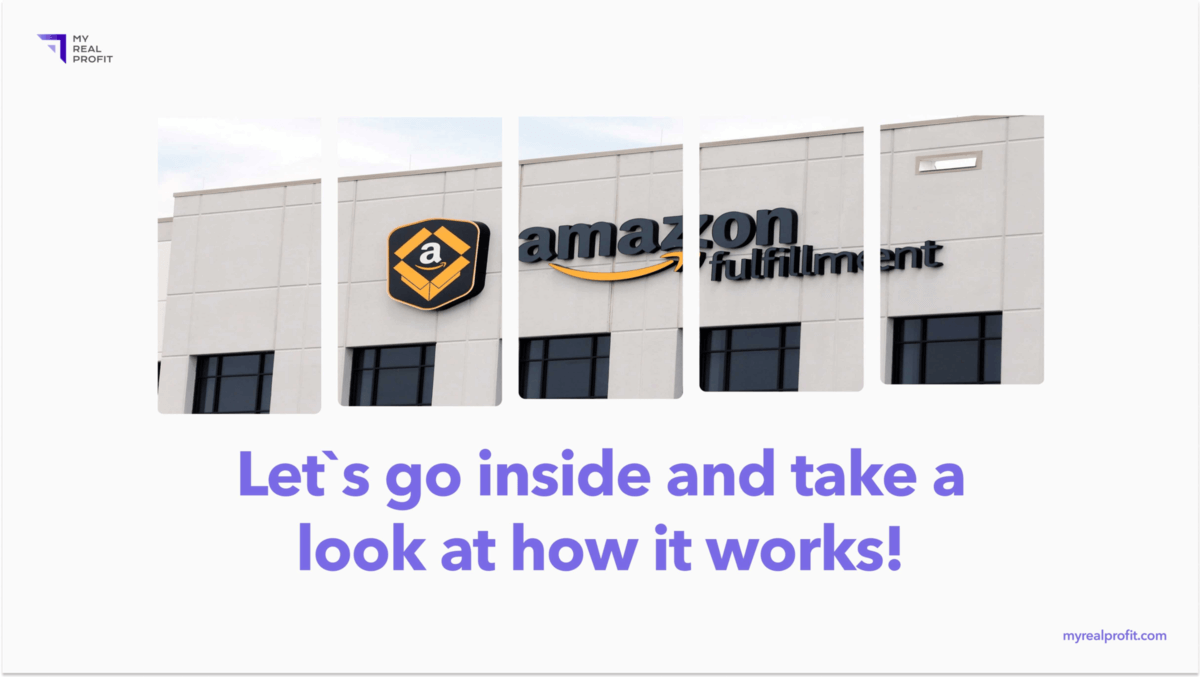

Amazon Fulfillment Centers are warehouses that store and ship products sold through the marketplace. These centers help reduce order fulfillment times, allowing customers to receive their orders quickly and thus improving customer satisfaction.
With the FBA (Fulfillment By Amazon) program, small businesses can use Amazon’s warehouses and delegate the bulk of their order processing work to the e-marketplace.
What does Amazon Fulfillment Center do?
In short, Amazon Fulfillment Centers provide customer service on behalf of the FBA sellers: centers receive items and then pick, pack, and ship them to customers according to orders.
Fulfillment centers are the backbone of Amazon’s eCommerce business operations, allowing them to quickly and efficiently fulfill customer orders.
How do Amazon Fulfillment Centers work?
The whole fulfillment process consists of simple, though very responsible steps – the number of sales and the seller’s image depend on the quality of service.
Therefore, many sellers prefer to delegate some work and choose Amazon’s fulfillment services. This service includes complete order management, from delivery to customer service. It allows sellers to focus on their core business while Amazon handles the fulfillment of orders.
Let’s find out what the Amazon Fulfillment Center can do.
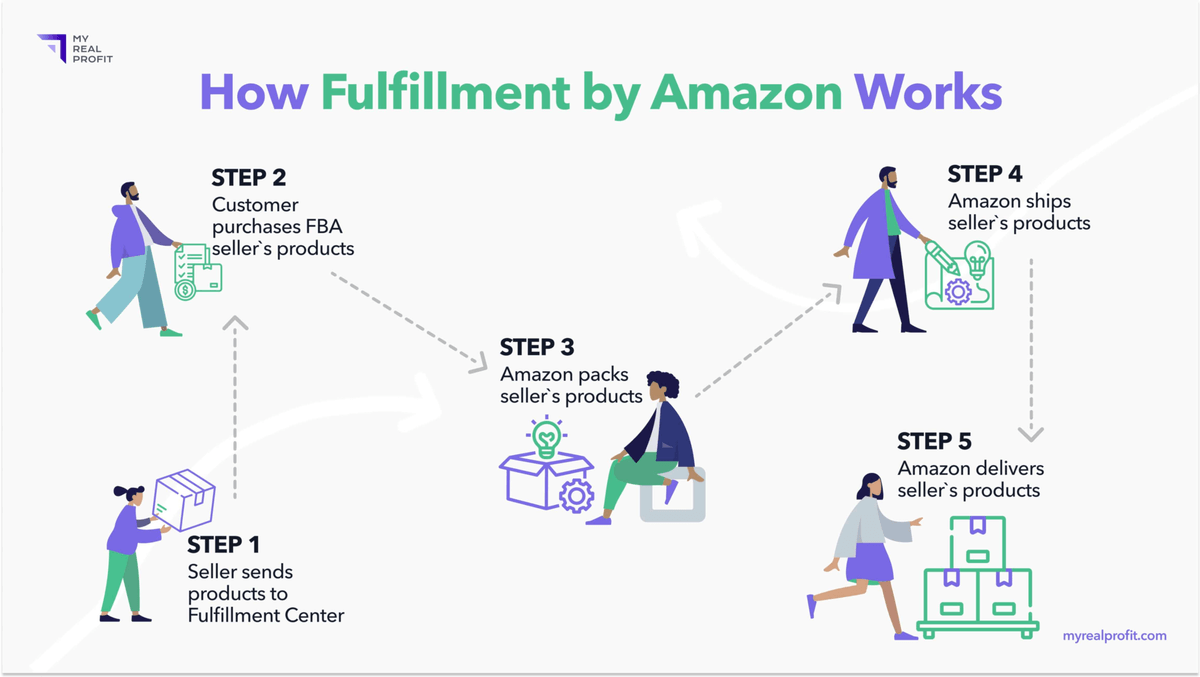

Receive Inventory
First, an FBA seller sends products to Amazon warehouses. Amazon Fulfillment Centers receive products from sellers or the manufacturer that produces them. The products are scanned and inventoried when they arrive at an Amazon facility.
Store Inventory Items
Next, the items are stored in designated areas based on size, weight, shape, and other factors. They can also be stored in temperature-controlled warehouses if necessary. The inventory is then monitored and tracked so Amazon knows what is in stock.
Most fulfillment centers serve as short-term storage facilities for merchandise. The key idea is to have the item on hand and shipped immediately after a shopper places his order. In this case, goods storage and sales from Amazon’s warehouses bring maximum revenues. Long-term storage will require additional fees for long using storage space.
Order Fulfillment
When a customer’s order is placed, products are stored, picked, packed, and shipped directly from a fulfillment center to a customer’s front door.
Note the FBA Storage and Fulfillment Fees changed at the beginning of 2023. Read more in the article Amazon Seller News 2023: The latest changes and efficient tools for Amazon sellers operating.
Ship Products
Once customers make a purchase, they’re sent directly or through a third-party delivery service. Amazon Fulfillment Centers aim to get packages to customers as quickly and safely as possible.
Thanks to Amazon’s extensive network of warehouses and fulfillment centers in the United States, Amazon Prime delivery takes no more than two days. For certain orders placed before a specific time, Amazon offers same-day shipping.
Customer Service
Amazon Fulfillment Centers provide customer service support by responding to inquiries, resolving customer issues, and helping customers with returns and refunds 24/7.
A customer-oriented approach to every order is the cornerstone of Amazon’s success. Therefore, sellers trust Amazon to handle their customers on mutually beneficial terms.
How many distribution centers does Amazon have?
Amazon has more than 175 fulfillment centers, including in the United States, Mexico, the United Kingdom, Germany, France, Italy, India, Japan, and China.
These centers are what Amazon refers to as its “fulfillment network” since they are used to store products until they can be shipped out to customers. This distribution network of fulfillment centers and delivery stations allows Amazon to provide fast, efficient delivery to over 185 countries.
Locations of Amazon Fulfillment Centers
Amazon’s network of fulfillment centers is located around the globe, allowing them to quickly and efficiently ship products to customers. In the United States alone, there are over 100 fulfillment centers located in almost every state. Most of these centers are in major metropolitan areas such as Los Angeles, Chicago, and New York.
The international presence of Amazon Fulfillment Centers is also impressive – there are currently over 40 locations ranging from Canada to South Africa. Complete the list of fulfillment centers you can find here.
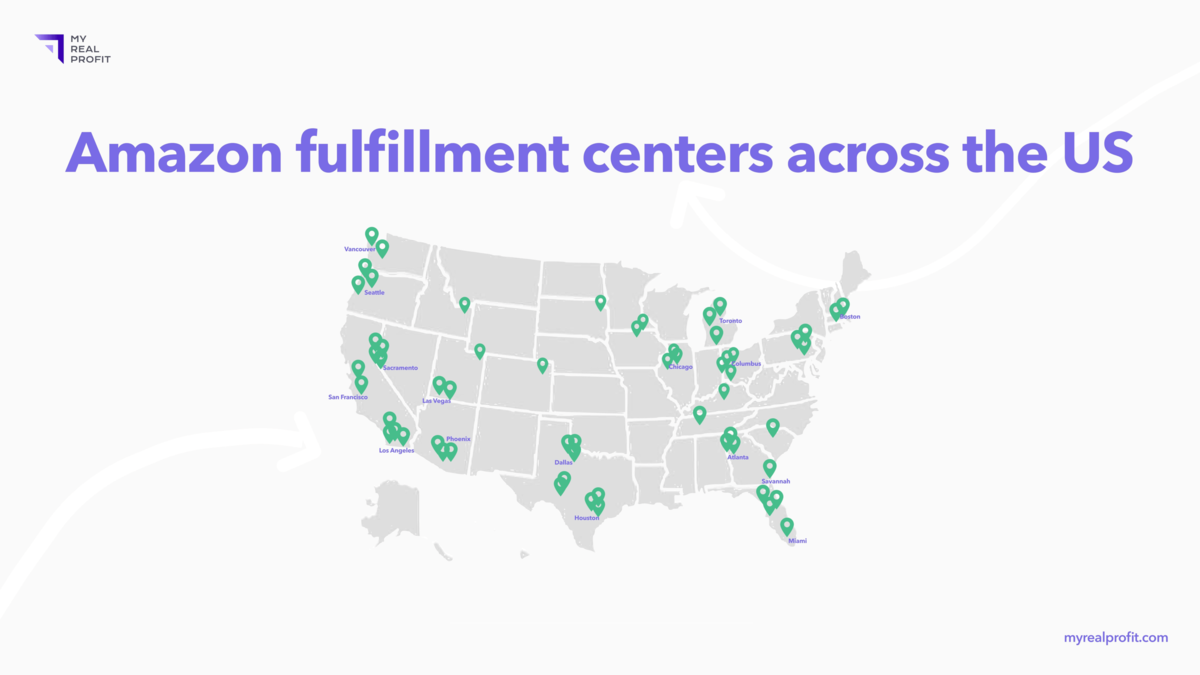

What is the Amazon warehouse?
Amazon warehouse is a fulfillment center operated by Amazon. It is the place where millions of products are stored and shipped to customers around the world.
Some warehouses can also be fulfillment centers. It means the warehouse has both long-term storage and near-term services. The most significant differences between fulfillment centers and warehouses are what they do and who they serve. Warehouses usually help other businesses (B2B), while Fulfillment Centers serve people who shop online or buy things directly (B2C).
Warehouses come in all sizes, from small standalone buildings to large multi-level complexes that cover hundreds of thousands of square feet. All Amazon warehouses feature automated systems, such as conveyor belts, robots, and pick-and-pack stations, to help with the task of sorting and shipping products.
Become an Amazon FBA seller
Do you have an eCommerce business on Amazon, a great idea of what to sell, or want to reduce operating costs?
Amazon FBA can help decrease fulfillment headaches as you scale your business. You can join the Amazon FBA program in three steps.
Step 1. Set up an Amazon Seller Account
First, create your Amazon selling account and log in to Seller Central to set up FBA. To do so, you must create a professional selling plan and provide valid credit card or bank account information for payment processing.
Doing this will allow you access to Amazon’s fulfillment network and store your items on Amazon until a customer places an order.
Step 2. Create product listing
If you have items and have set up your Amazon seller account, it’s time to create a product listing on Amazon. You should provide detailed information about each item in your inventory, including descriptions, images, and pricing. Ensure you provide accurate info so customers can make informed decisions before purchasing.
Have you listed your product on Amazon but not many people are buying it? Try to figure out why and think of ways to fix the problem. Here are some simple tips on how to increase sales on Amazon FBA in 2023.
Step 3. Ship your inventory to Amazon
Finally, you must ship inventory to Amazon so that they can fulfill orders on your behalf. You must package and label each item according to Amazon’s requirements and then deliver it to Amazon. Once your inventory has arrived at Amazon’s fulfillment centers, you are ready to start selling!
All eCommerce companies constantly need data on inventory levels, detailed reports on sales, revenues, and accounting of all expenses. My Real Profit analytics software tracks all performance metrics on Amazon to provide sellers with accurate profitability information. Why is this important to sellers? Amazon sellers can establish a profitable business strategy using actual and verified metrics.
Highly accurate tracking of over 70 fees, dozens of KPIs to track financial health, analytics based on the accrual method, and reports available at your convenience make My Real Profit the perfect assistant for Amazon sellers. Use the Profit Dashboard, Profit Calculator, and Inventory Analysis during the free trial period and see the benefits of working with My Real Profit.
The benefits of using FBA
The Amazon FBA program has lots of advantages. Here are some of them.
Fast shipping with Amazon Prime.
When listing products on Amazon FBA, buyers with Prime subscription have free shipping and are looking for items with a Prime label. It shows shoppers that Amazon handles the packaging, shipping, customer service, and returns. Furthermore, Amazon Prime members love the two-day shipping and prefer items with extra benefits.
Trusted service and positive customer experience.
Each Amazon Fulfillment Center operates to take the operational burden off your shoulders, leveraging Amazon’s global network to manage inquiries and returns.
Quality service creates a positive interaction experience and keeps customers coming back time and again.
It`s cost-effective for Amazon sellers
With FBA, it costs 32% less to ship things than with other shipping companies. Additionally, 72% less to get two-day shipping costs.
You only pay for storage space and orders that are filled. The cost of shipping, handling and packaging is already included in your fulfillment fees, so you don’t need to pay extra for Amazon Prime Two-Day Shipping.
Conclusion
If you want to save time and get help with your work, Amazon’s FBA program can help you with shipping orders and inventory management.
The main advantage of selling goods on Amazon through the fulfillment center is a high level of service: proper storage of goods, order processing and short-time delivery, effective customer service, and, as a result, satisfied customers.
While the fulfillment center takes care of most of the work in handling and delivering orders, tracking and managing excess inventory is your task. Long-term renting of warehouse space to hold hundreds of products is not profitable, as it just increases inventory storage fees.
On the other hand, a lack of hot items in Amazon warehouses can lead to the loss of the coveted Buy Box and lower sales. Use Inventory Analytics to monitor your Amazon inventory levels in real-time and ensure that you maintain a reasonable balance.

